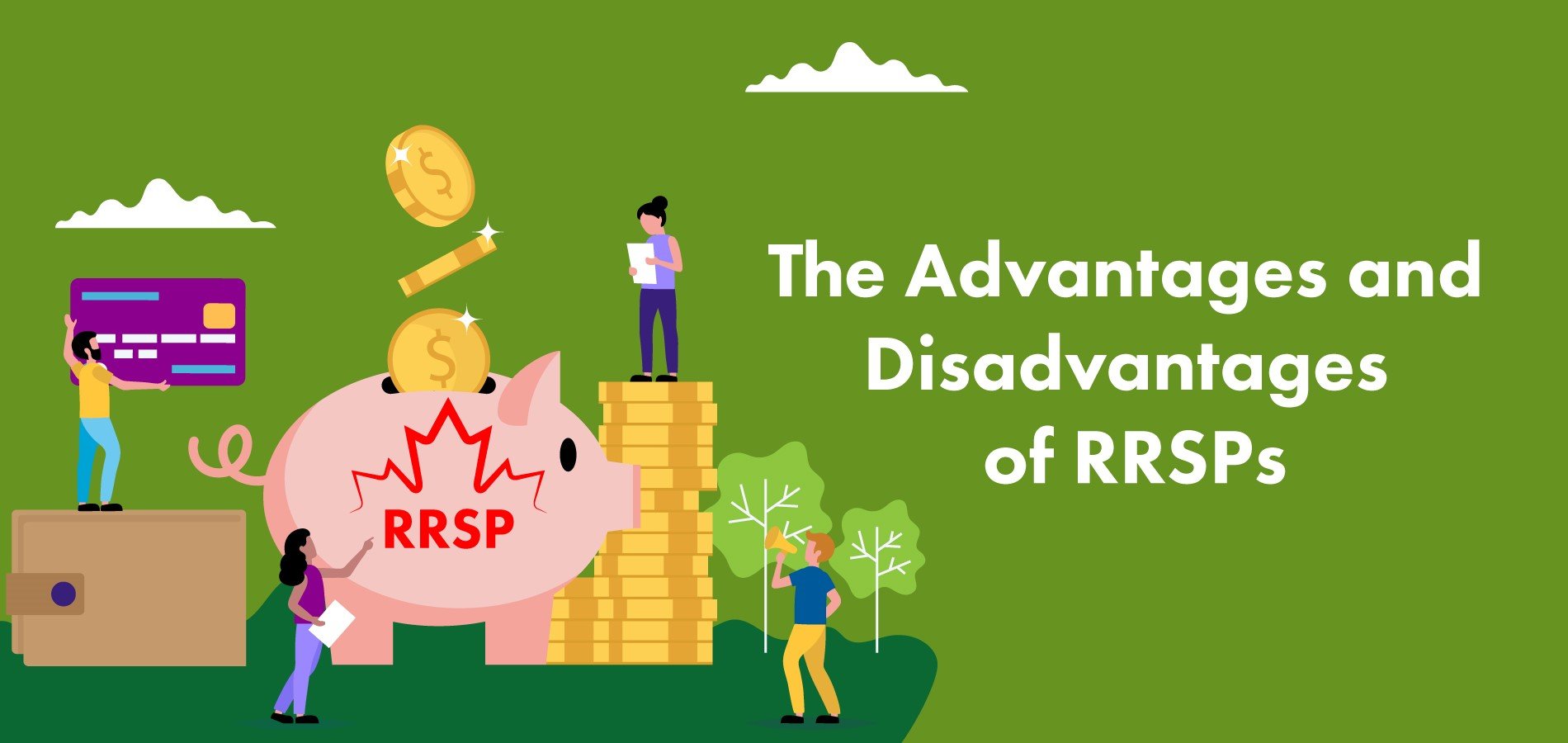In Canada, the government offers special tax treatment in registered accounts, such as an RRSP and TFSA. These registered accounts come with certain restrictions. On the other hand, non-registered accounts don’t have specific rules as long as you pay taxes on your income from the account.
Non-registered accounts can be a component of a successful financial plan.
What is a non-registered account?
To answer this question, let’s first look at a couple of the most common types of registered accounts:
- RRSP: A Registered Retirement Savings Plan is a great vehicle to save for retirement. When you contribute to your RRSP, you receive a tax deduction. Your investments grow tax-free inside your account. You only pay tax when you withdraw the funds upon retirement. You must close your RRSP on Dec. 31 of the year you turn 71. There is also a contribution limit.
- TFSA: A Tax Free Savings Account allows you to invest without paying any taxes. While you don’t receive a tax deduction, your investment grows tax-free. Even when you withdraw funds, there is no tax. A TFSA can keep growing even after you retire. There is a contribution limit.
OK, so how is a non-registered investment account different from an RRSP and TFSA? Well, a non-registered savings plan is an investment vehicle as well. However, there are advantages to non-registered accounts:
- No contribution limit: You can put in as much money as you wish.
- Goes forever: An RRSP must be closed by age 71; a non-registered account just keeps ticking
- No withholding tax on withdrawals: Take out money when you wish, without being hit by a tax withholding.
Now, you do have to pay tax on your earnings in a non-registered account. We’ll talk about the tax rules further in this article.
What is a non-registered investment?
With a non-registered account, you can select your investments just as you would in a TFSA or RRSP. This means that it can hold a wide range of vehicles, including stocks, mutual funds, bonds and Guaranteed Investment Certificates.
You can invest based on your risk tolerance. If you want to take a big chance, you can put your money into high-flying technology stocks. If you want to play it safe, you can keep it in GICs.
Your investment decisions will partly depend on your goals with the non-registered account. Perhaps you are just saving for the short term. Or maybe you want to build up your estate for your children’s inheritance. Or you may wish to supplement your RRSP by setting up a non-registered retirement savings plan.
How does a non-registered account work?
It’s easy. You simply set up an account with your financial institution or financial advisor.
Now for the tax implications. As we indicated, with an RRSP and TFSA there are tax advantages. With a non-registered investment account, any dividends earned are taxed at the gross amount. However, you can claim a Dividend Tax Credit when you file your tax return.
You also must pay tax on any interest income.
Capital gains, the growth in your investment account as stock prices increase, are also taxed. You will have to pay tax when the capital gains are “realized” by selling the stock. The capital gains tax rate is 50 percent of the account holder’s marginal tax rate.
Examples of non-registered accounts
There are several different types of non-registered investment accounts. Cash accounts mean that you put money in and you can invest it, hopefully for a profit. With a margin account, you are borrowing to invest. This is higher risk since you have to pay the money back – even if your investments go down.
In addition, you have several options depending how much support you need. If you feel confident in your investing skills, you can go online and purchase your own stocks or funds. The middle ground is to have a robo-adviser give you ideas. Those who need a guiding hand can hire a financial advisor to help select the right investments – but this will cost you a fee.
What’s the difference between registered and non-registered?
With a registered account like an RRSP or TFSA, you have to follow a lot of rules. Non-registered accounts have fewer.
One of the key differences is what happens when you die. With an RRSP, you can name your spouse as a beneficiary and the funds are simply transferred to him or her. On the other hand, a non-registered account does not have a beneficiary. The government considers that you have sold everything in your account upon death and tallies the tax owing. What’s left goes to your estate.
What are the benefits of a non-registered account?
Freedom is one of the key benefits. You can do what you want without having to follow a lot of rules, such as with an RRSP and TFSA.
Should you invest in a non-registered account?
You should consider a non-registered account as part of an overall financial plan. Some investment advisors suggest maximizing your allowable contributions to your RRSP and TFSA before putting money into a non-registered account. This allows you to take advantage of the tax breaks.
A non-registered account can offer a flexible way to save. Let’s say you are planning a trip to Hawaii with your spouse and children a couple of years down the road. You have already maxed out your TFSA contributions. With a non-registered account, you can put money in and watch it grow until you are ready to go on your vacation. When you want to purchase your flights and hotel accommodations, you can take out the funds without the onerous withholding tax of withdrawing from an RRSP.
Is TFSA a non-registered account?
A TFSA is a registered account. This means that you must follow the rules set out by the Canadian government.
Non-registered accounts can play an important role in your financial plan, especially if you have already maxed out contributions to your RRSP and TFSA. Speak to your financial advisor about whether opening a non-registered account is the right step for you.





